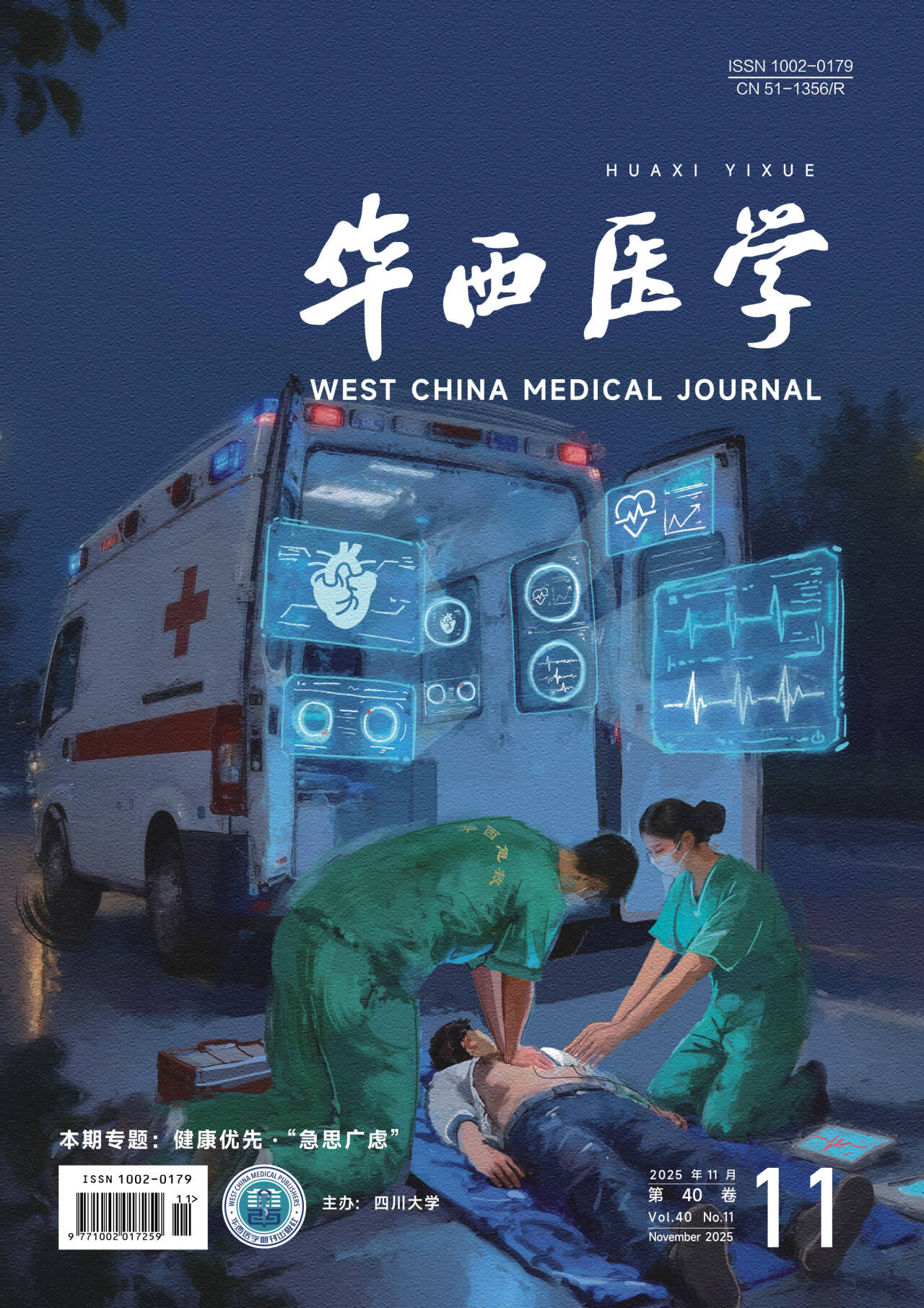Citation: Y. James Kang. TEDx presentation by Y. James Kang, 2017-06-10: transforming disease-based medication to personalized healthcare. West China Medical Journal, 2018, 33(12): 1466-1470. doi: 10.7507/1002-0179.201812066 Copy
Copyright ? the editorial department of West China Medical Journal of West China Medical Publisher. All rights reserved




